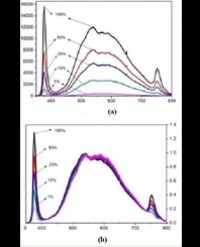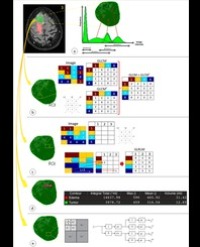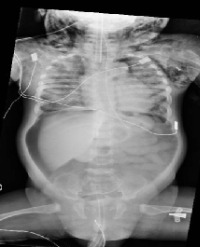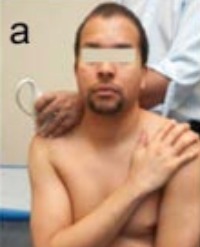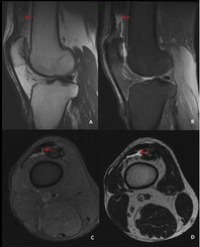Aim: To analyse the aetiology, pathophysiology and prognosis in a series of patients who developed clinically significant subcutaneous emphysema in a pediatric intensive care unit.
Method: Retrospective investigational study, recording and diagnosing all cases of clinically significant subcutaneous emphysema observed in the pediatric intensive care unit of a Spanish hospital during the period from January 2007 to December 2017.
Results: 19 patients (7 girls and 12 boys), aged from 4 months to 14 years, were diagnosed with clinically significant subcutaneous emphysema during the study period. Regarding the aetiology of the condition, the origin of the emphysema was traumatic in 31, 5 % of patients (6 cases); associated with an invasive procedure or technique in 37% of patients (7 cases); and emphysema occurring in the context of a medical illness in 31, 5% of patients (6 cases). The emphysema occurred associated with pneumothorax in the 42% of patients but when the emphysema was due to traumatic event the association appeared in the 83% of cases. Three patients required specific treatment for emphysema (15, 8%) and one died due to its severity (5%).
Conclusions: Small subcutaneous emphysemas are asymptomatic and occur very frequently, associated with medical illnesses, traumas or technical/surgical procedures that are performed daily in intensive care units. Clinically significant, symptomatic emphysemas, however, are exceptional and can aggravate the clinical state of a patient who is already in a critical condition and may even be life threatening. In our serial, emphysema occurred most frequently associated to pneumothorax and it appeared isolated in the 16% of cases. Unfortunately we have not found any published data to compare our results. Despite the low mortality in our serial, emphysemas should be diagnosed as early as possible, and their evolution and clinical impact closely monitored.
Abril Molina Ana* and Ocete Hita Esther
